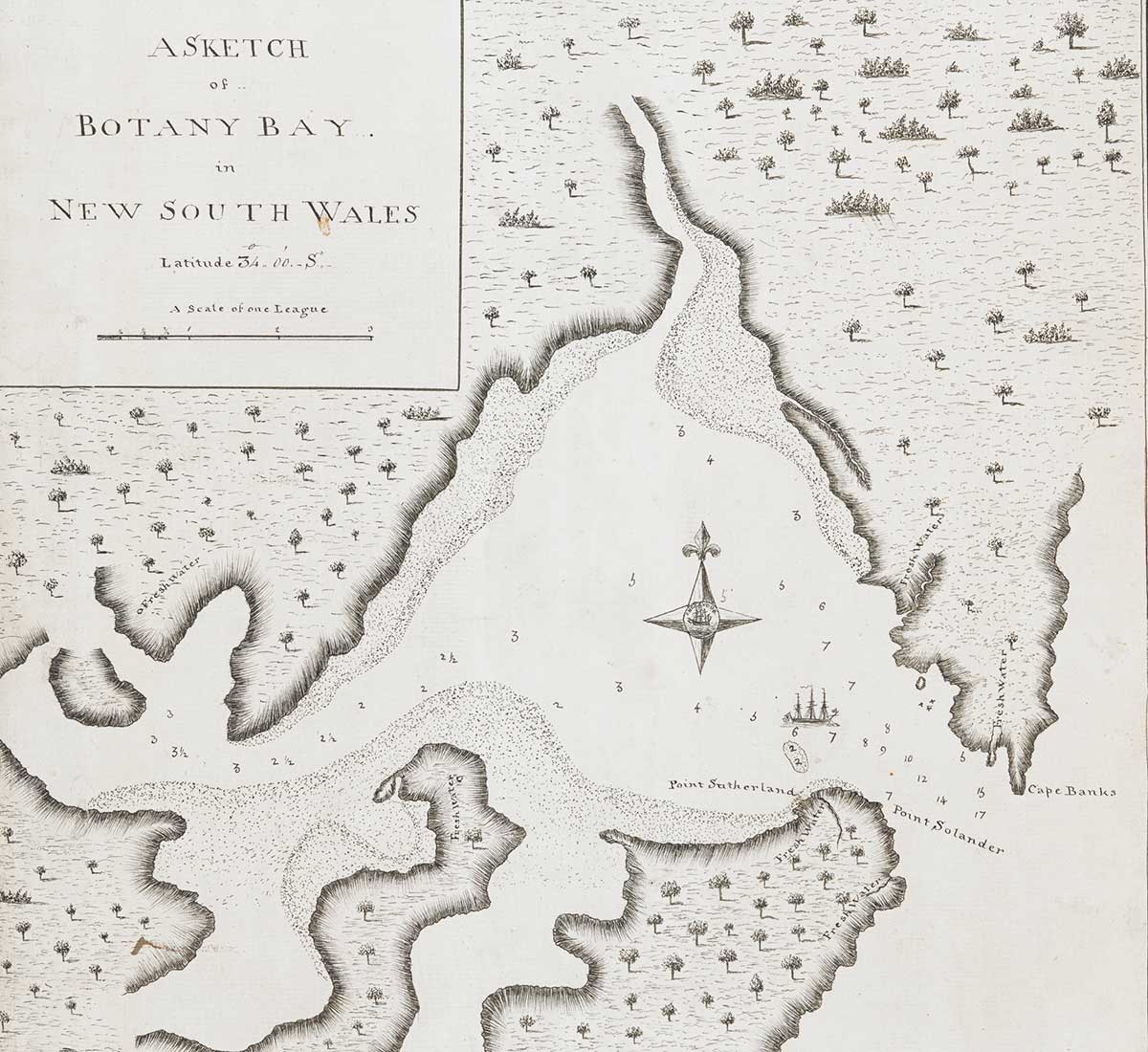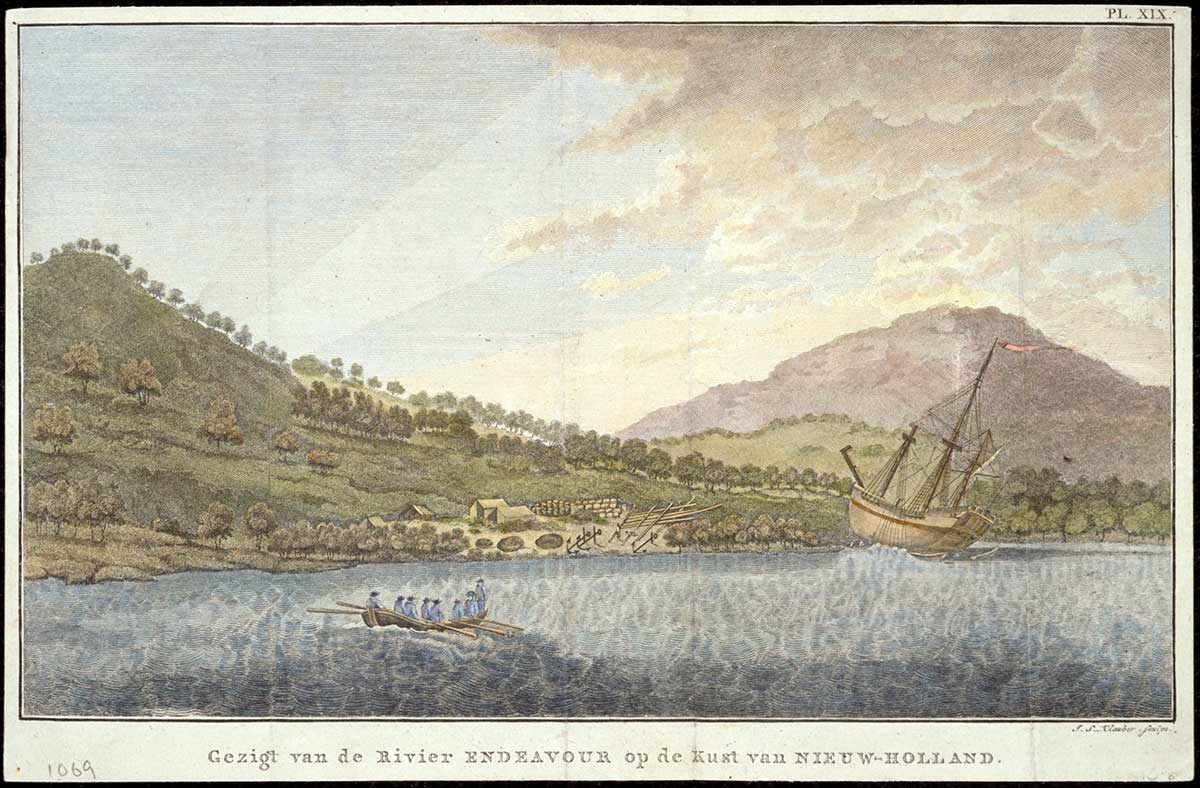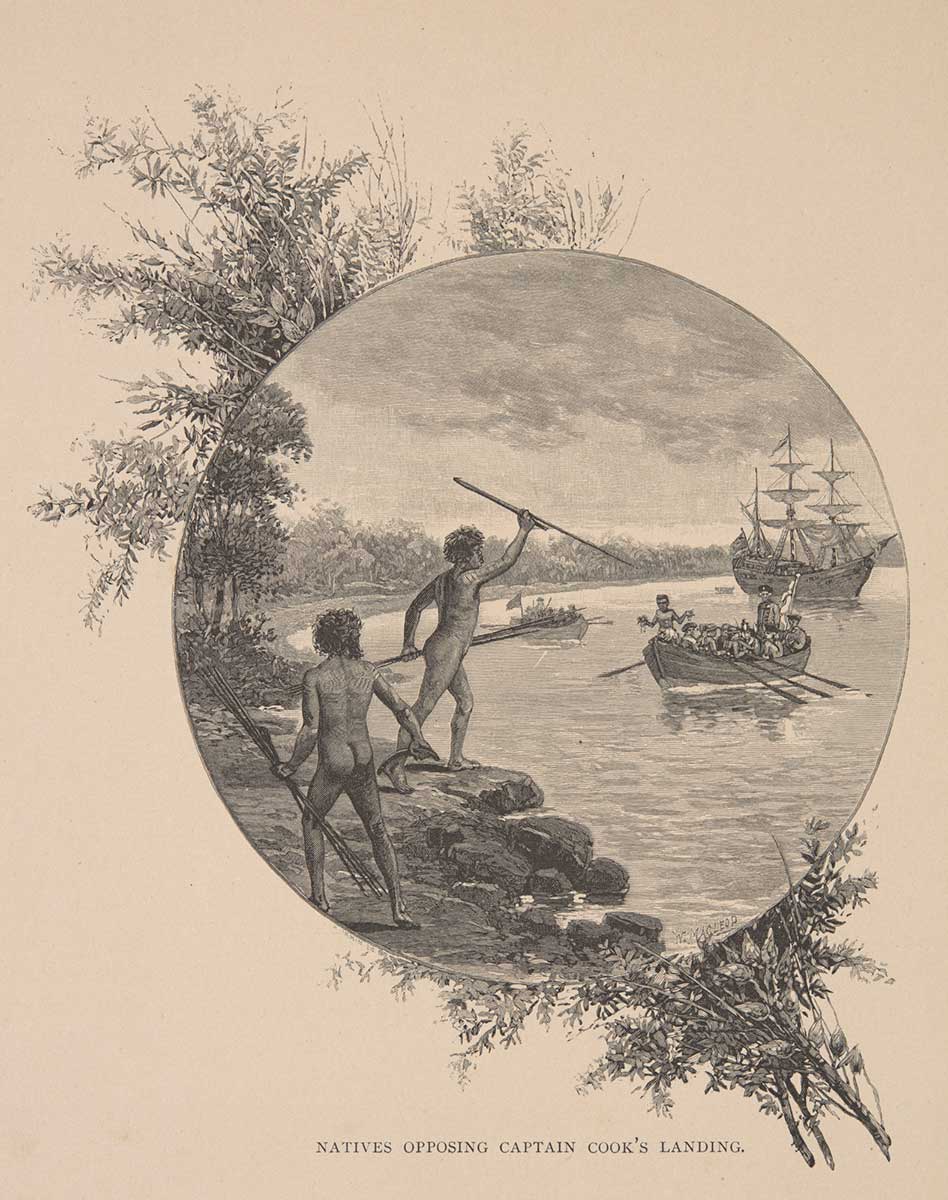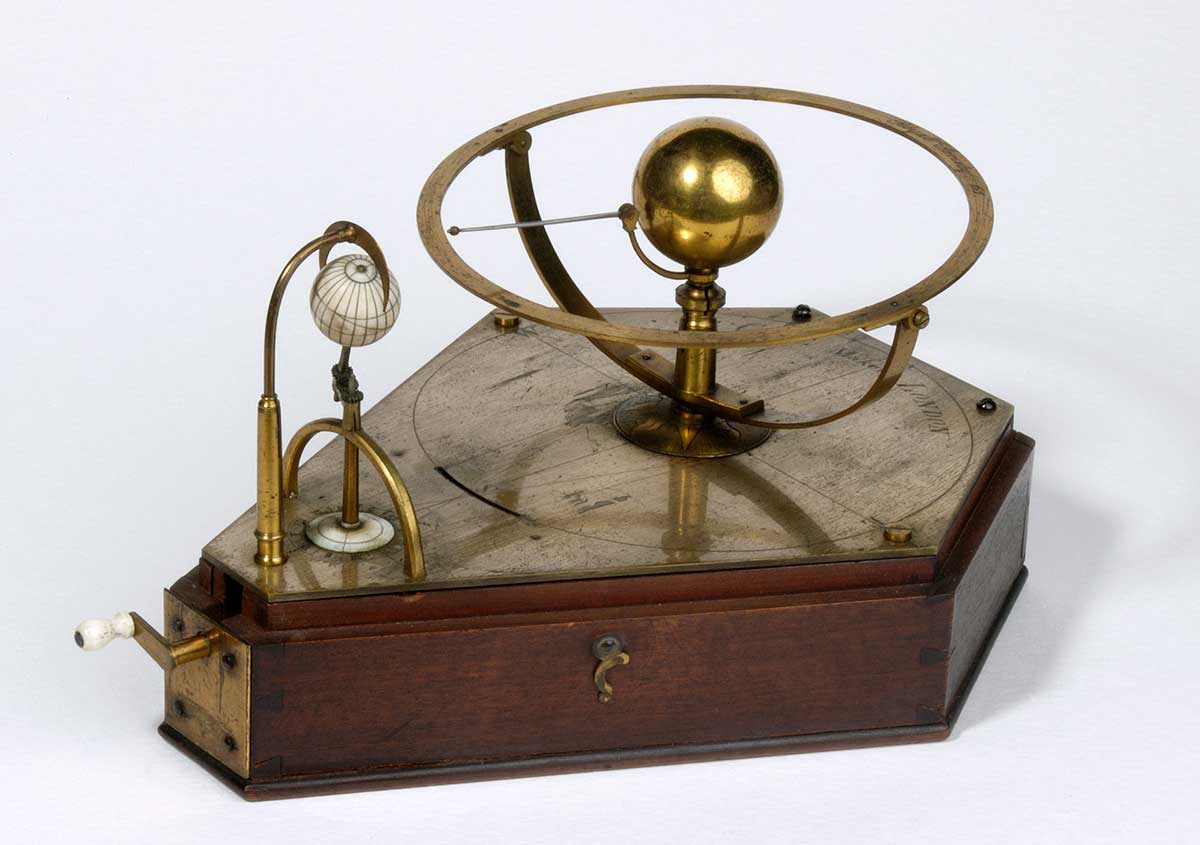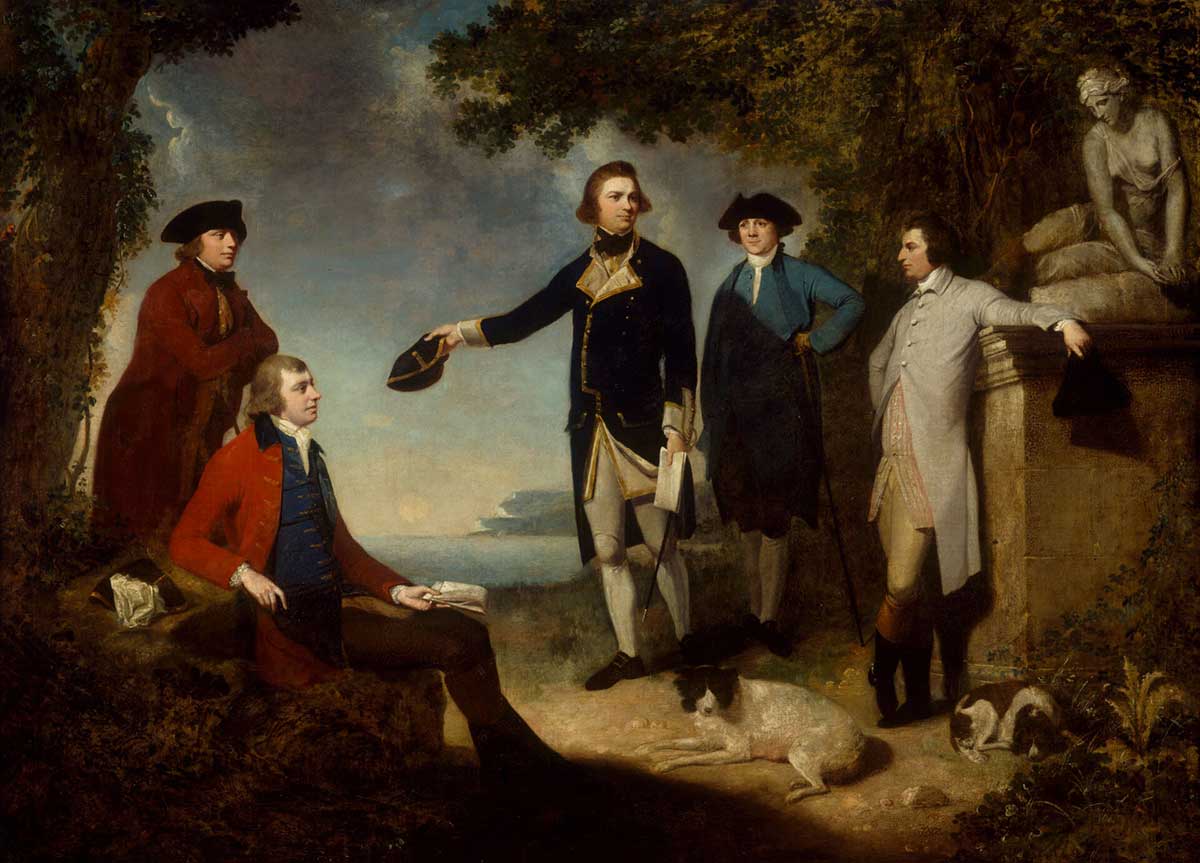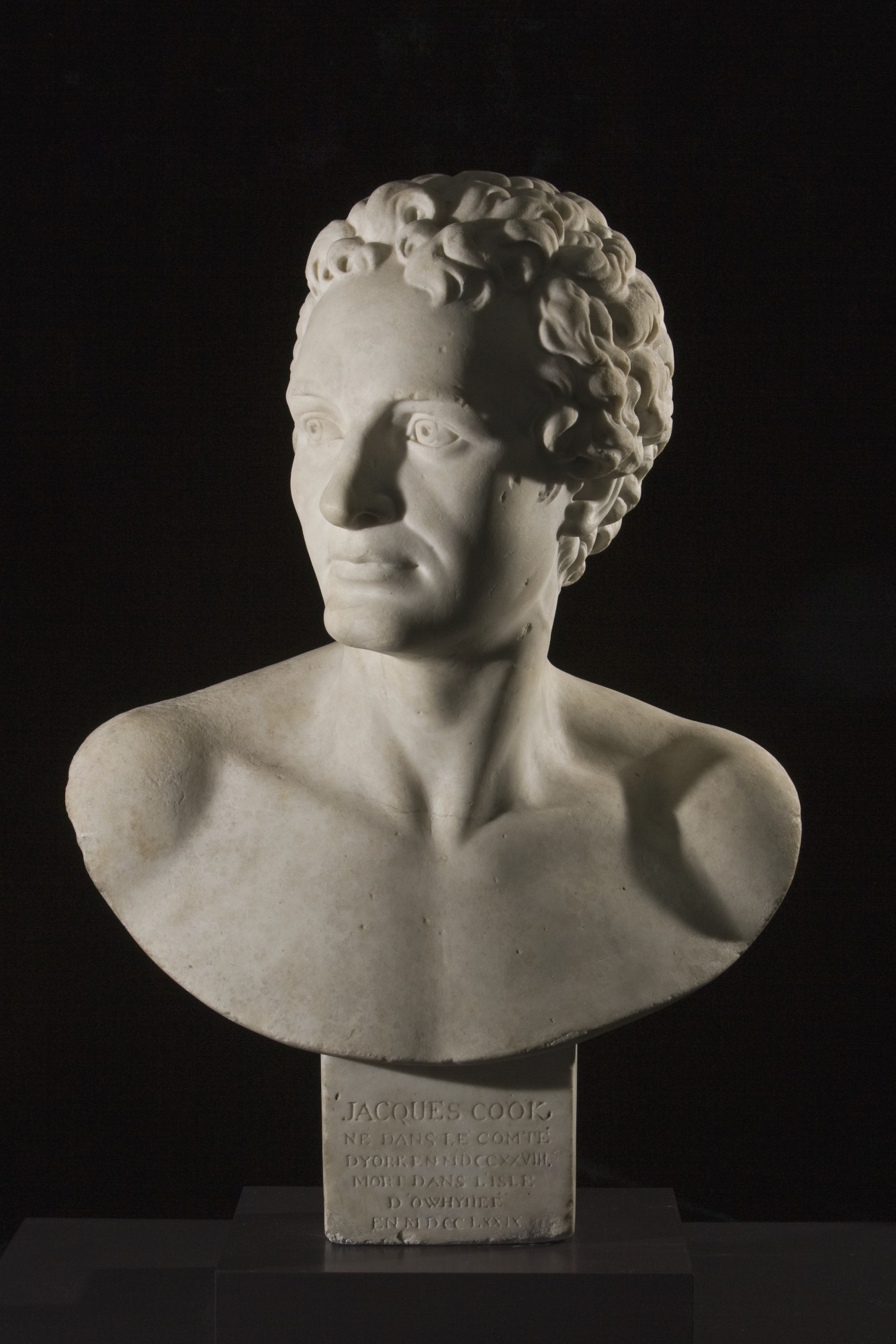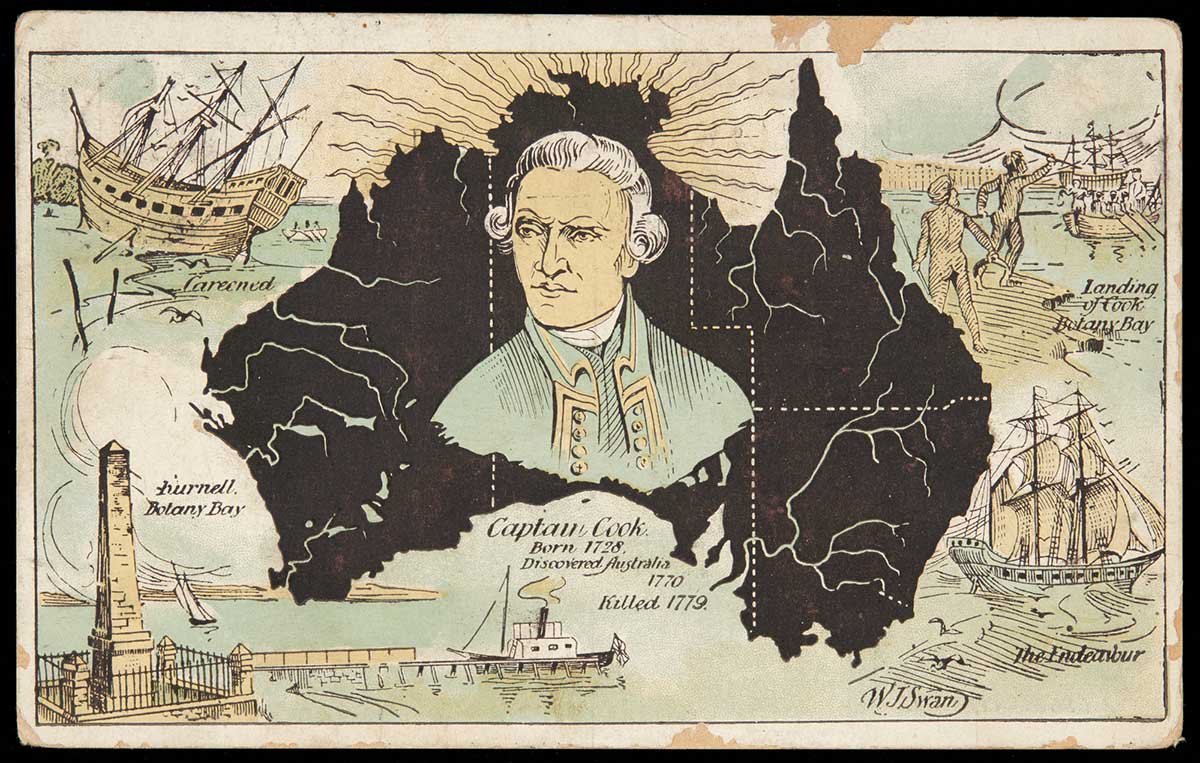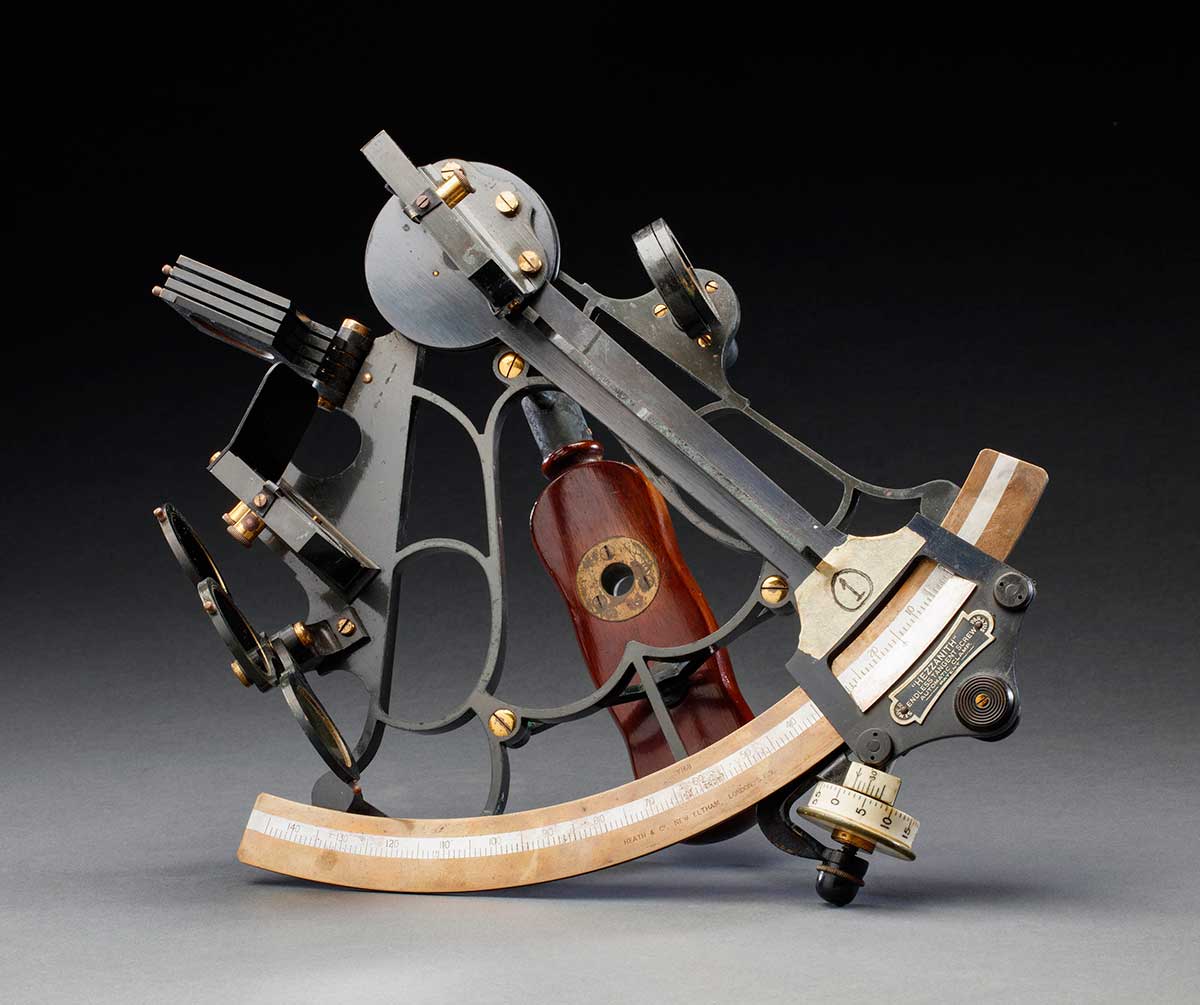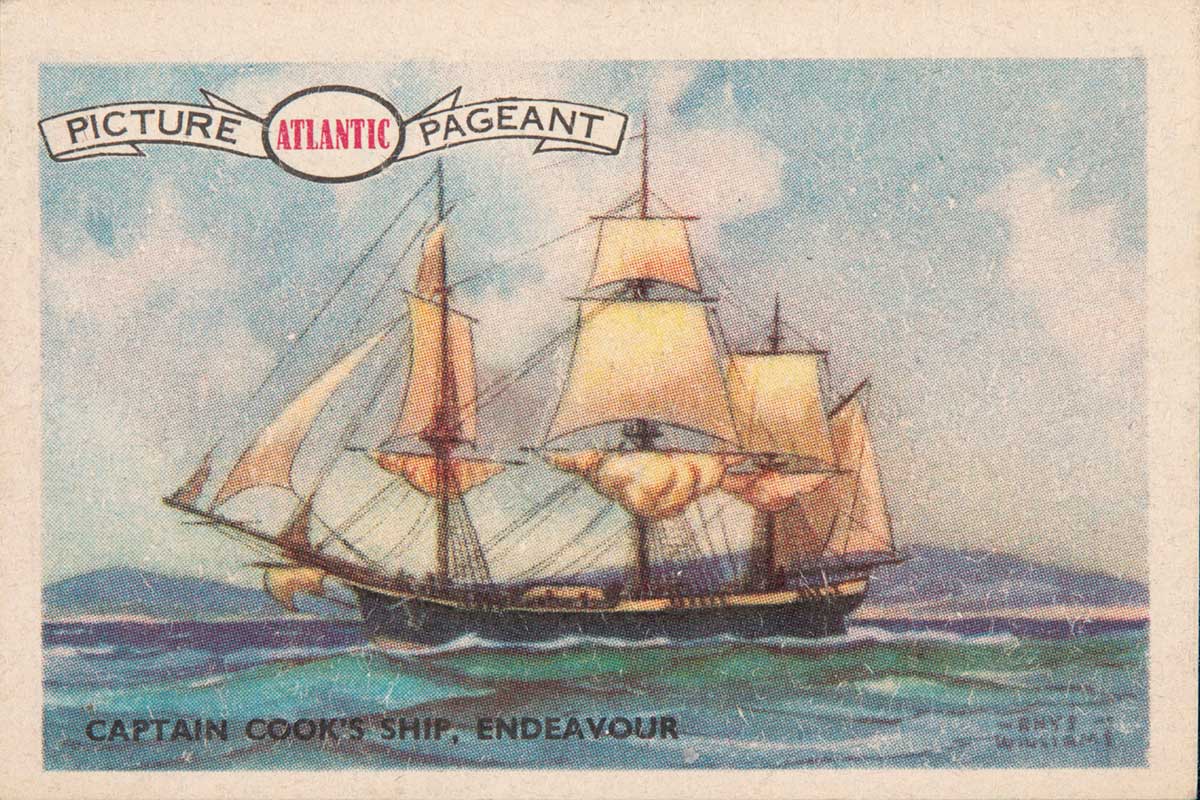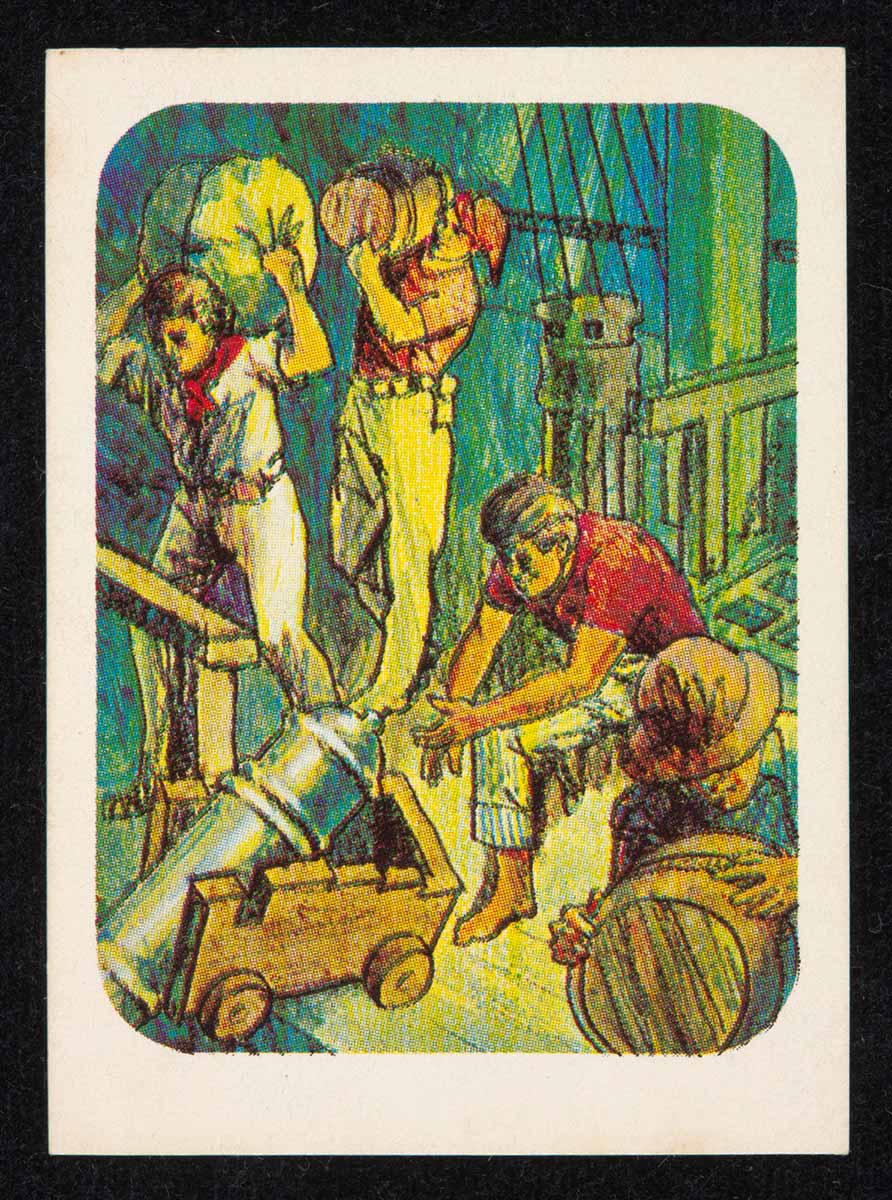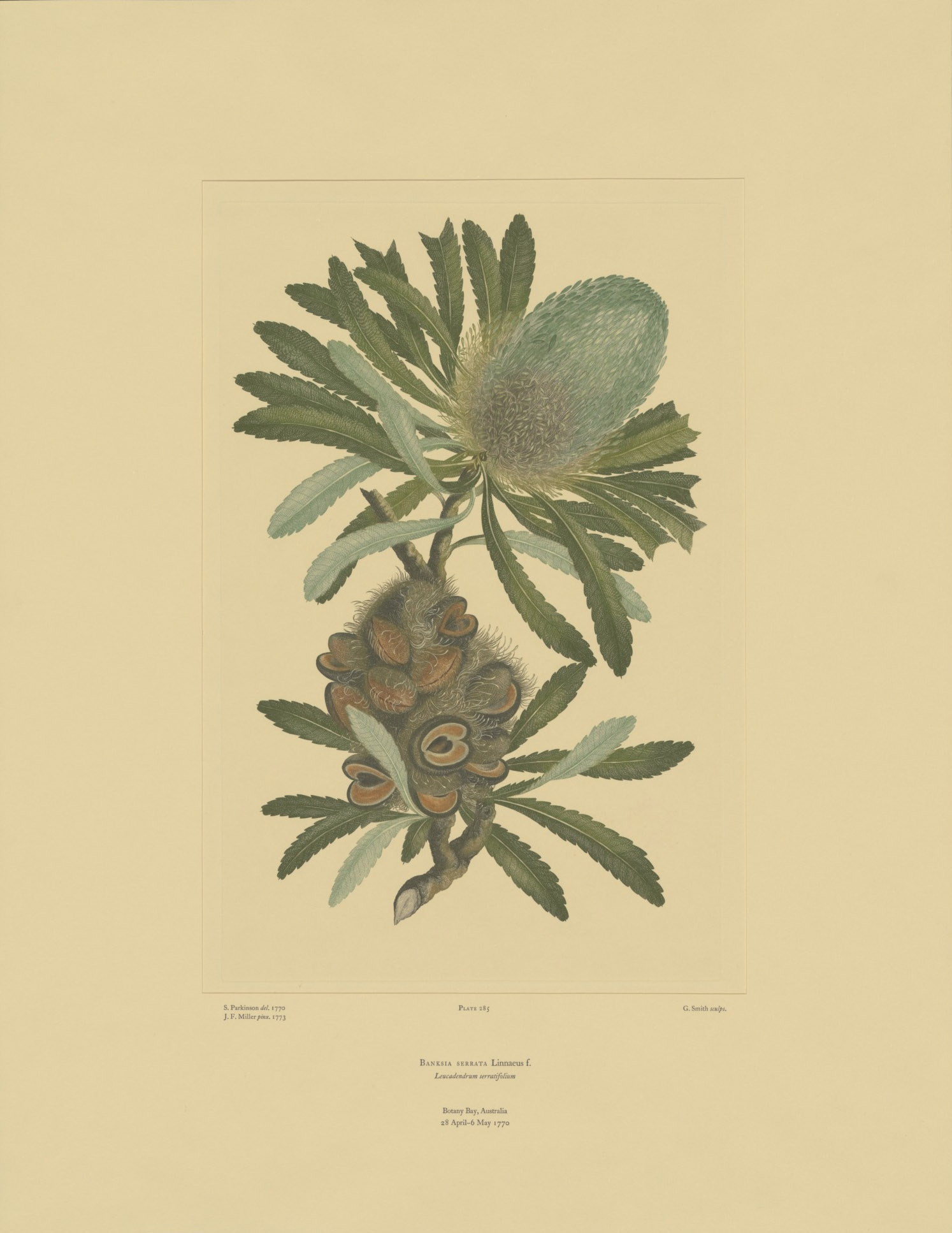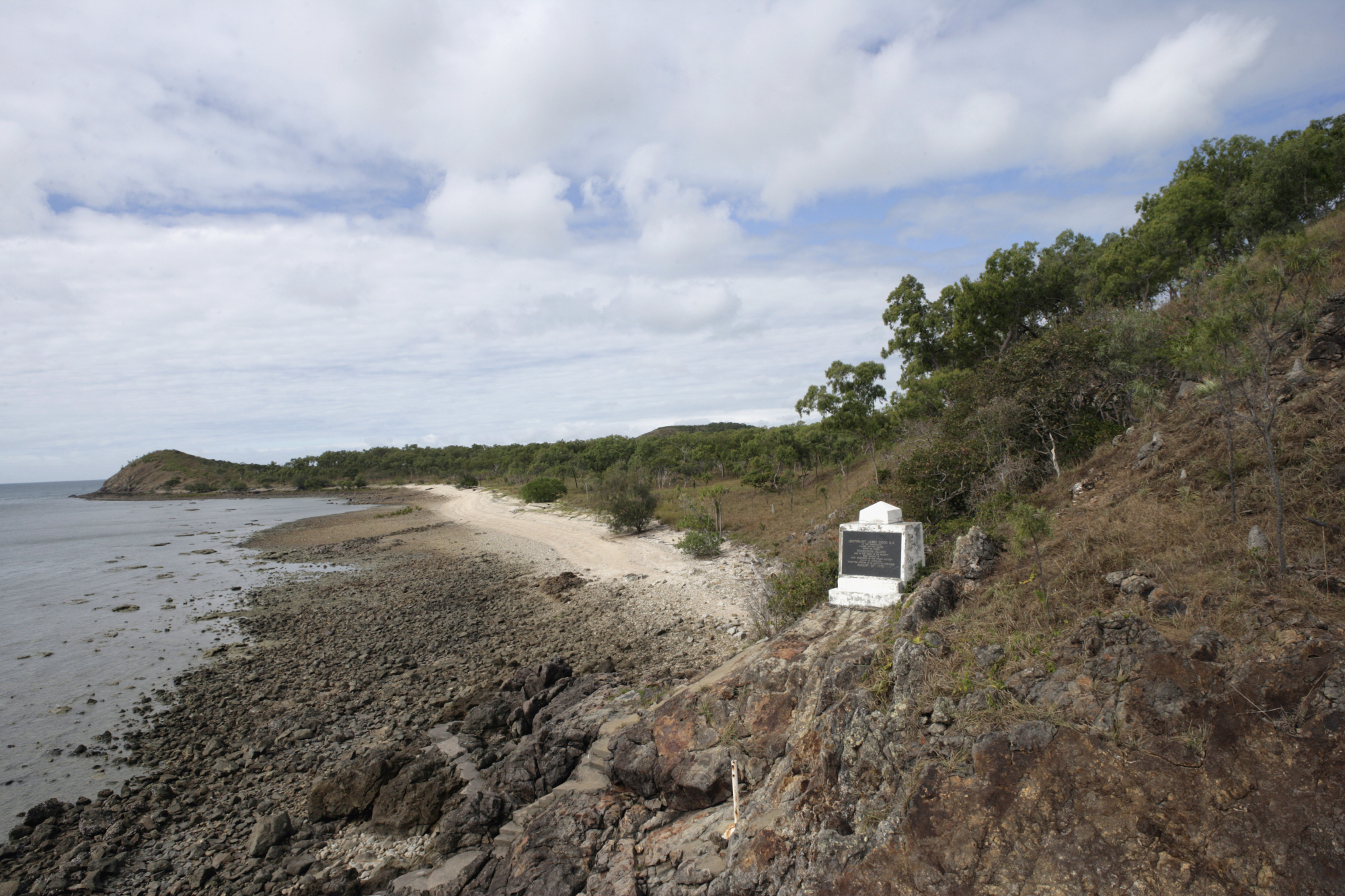How did Cook’s Endeavour voyage change Australia forever?
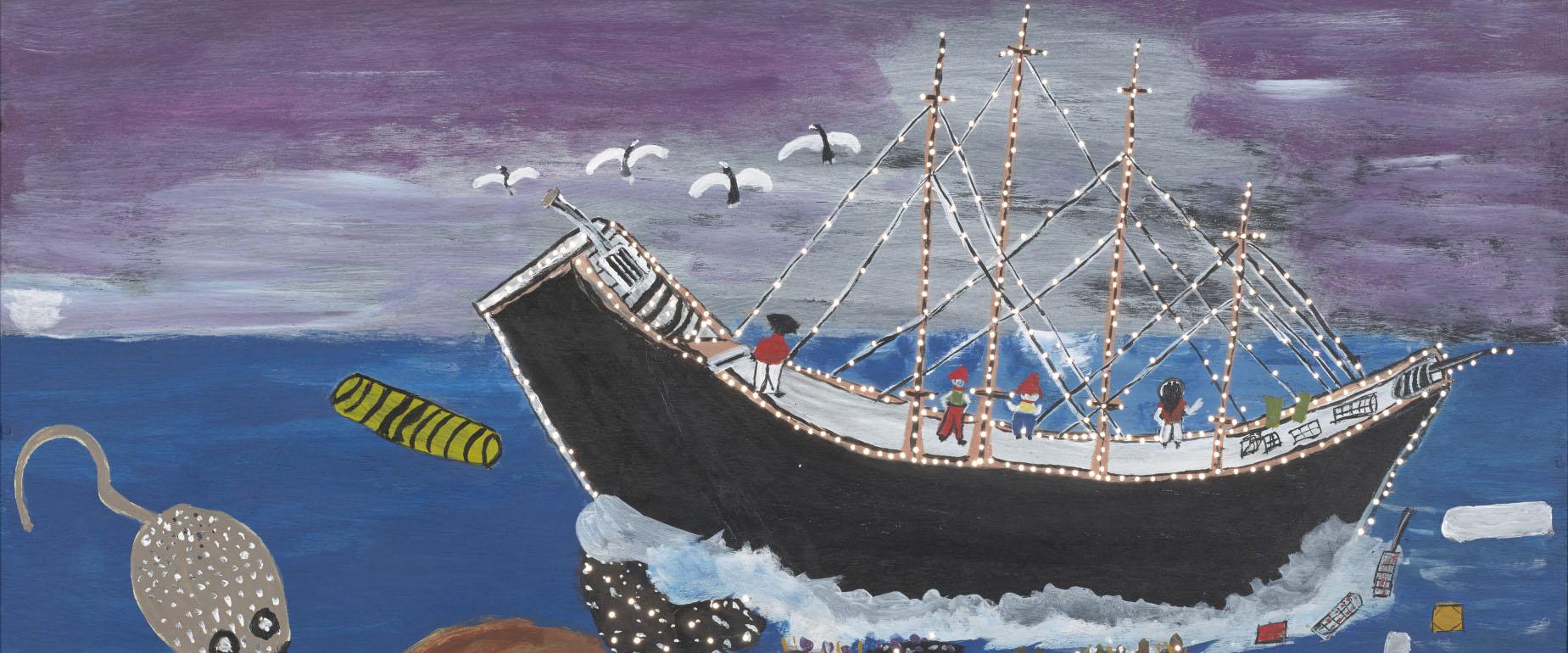
- Year level 4
- Investigations 6
- Activities 20
- Curriculum topic Great journeys of exploration
A resource for Year 4 teachers and students
Nick Adeney, Mentone Girls’ Grammar School, Victoria
1. Rationale
The 250th anniversary of Cook’s Endeavour voyage marks what is arguably one of the most important defining moments in Australian history. It presents teachers with some opportunities to engage students with:
- sources of evidence relating to the voyage
- perspectives from commentary about the journey
- sources of evidence which show what life was like in the 1700s
- discussions about historical concepts
- the role that Cook’s Endeavour journey played in Australia’s colonisation
- how the Endeavour voyage is remembered today.
The purpose of this resource is to give teachers ideas to help facilitate discussions and creative work with students using Cook’s Endeavour voyage as a case study.
The resource uses information and ideas from the National Museum of Australia’s exhibition, Endeavour Voyage: The Untold Stories of Cook and the First Australians, and information about Cook’s voyage to Australia in the Museum’s featured Defining Moment, 1770: In search of the Great South Land – Cook claims Australia.
2. Student activities
This resource has been designed to be as flexible as possible. There are 10 sections and each can be used independently of the others depending on the time available and teacher and student preferences.
There are six major themes for students to explore throughout the 10 sections:
- The land
- The people
- The sky
- The ship
- The captain
- The story
Most of the sections explore both European and Aboriginal and Torres Strait Islander people’s perspectives of its major theme.
1 The land
1.1 Continuity and change: how has Kamay (Botany Bay) changed?
Students examine two maps of Kamay to see some of the impacts of European occupation over time.
Students are also reminded of the significance of Aboriginal occupation and mapping.
1.2 Historical significance: Waalumbaal Birri — Endeavour River, then and now
Students watch a short video to help them begin to understand and consider what Waalumbaal Birri (or the Endeavour River, as it was later named by Europeans) means to the Aboriginal clans who lived there for thousands of generations.
2 The People: First contacts
2.1 Who were the people in the Endeavour story and how did they ‘see’ each other?
Students watch a 12 minute video called ‘The Message’ to explore what first contact between Aboriginal people and Cook may have looked like, and in particular how Aboriginal people relayed information to each other about the Endeavour’s east coast journey.
2.2 What was said at Kamay (Botany Bay) in 1770?
Students consider the power and agency of language and how two totally different cultures began to try to communicate with each other.
Students play a game to learn some of the words for animals, people and objects used by the Guugu Yimidhirr people of the Endeavour River region.
3 The Sky: Historical perspectives
3.1 Can you see patterns in the night sky?
Students explore the different ways Europeans and Aboriginal people interpreted the night sky and do an activity to explore these ideas.
Students explore an Aboriginal Dreaming story about the sky and celestial bodies. It’s a long story so you may need to break it up into parts for students to read.
Students consider why the seasons are important to Europeans and Aboriginal people.
3.4 The Endeavour mission’s scientific objectives
Students explore what happened when the Endeavour went to Tahiti and why this was important.
4 The Ship
Students look at some of the sailing-related language used by Cook and his crew on the Endeavour and attempt to use some of it.
5 The Captain: Understanding sources as evidence
This activity asks students to closely examine a painting of Cook and some of the other key people on the Endeavour voyage.
5.2 Guidelines for the voyage given to Cook
This is a challenging section that asks students to look at and compare two sets of instructions that were given to Cook for his Endeavour voyage. They will need to read and discuss these carefully to help understand the concepts involved.
6 The Story: Exploring a defining moment in Australian history
6.1–6.7 1770 Cook claims Australia: in search of the Great South Land
The National Museum of Australia has written a short narrative account of Cook’s 1768–1771 voyage to help students explore why this event is such an important part of Australian history. In this final section, students work their way through the narrative one section at a time in small groups and complete a variety of activities as they go. Each group shares their findings on their part of the Endeavour story. They could choose to do this in a creative way, by producing a short role-play, for example.
By the end students will have gained a thorough overview of this key defining moment in Australian history.
3. Further ideas and resources
(i) Historical skills: provocations and discussion starters
There are many ways that teachers can engage their students with Cook and the Endeavour voyage. Choose from these provocations and associated discussion starters to help your students develop their historical skills.
A: Historical significance
Students recognise the significance of events in bringing about change.
Suggested starting points and provocations:
- Cook’s Endeavour voyage was significant for the British as a scientific, military and technological mission.
- Cook’s Endeavour voyage was significant for the First Australians because it introduced European people, technology and diseases.
- Cook’s Endeavour voyage is significant for Australians today as it was the beginning of the British colonisation of Australia.
- Whether or not something has significance is a judgement based on evidence.
Prompt questions for discussions:
- What makes something significant?
- Who decides what is significant?
- What makes a voyage significant?
- Is significance permanent?
- What can happen to something which is significant?
- What evidence is there that Cook’s voyage was significant to the British?
- What evidence is there that Cook’s voyage was significant to the First Australians?
- Was the voyage significant before it began?
- Did the crew realise the significance of their journey?
B: Continuity and change
Students explain how and why life changed in the past.
Students identify aspects of the past that remained the same.
Suggested starting points or provocations:
- Contact with Europeans introduced technology, disease and conflict.
- Contact with Europeans began dispossession of land.
- Connection with country endured after settlement.
- Whether something has changed or not requires evidence from two points in time.
Prompt questions for discussions:
- What aspects of life are the same for you as they were for Cook’s crew?
- What aspects of life are different for you?
- What aspects of travel are the same for you as they were for Cook’s crew?
- What aspects of travel have changed?
- What technology has been developed since Cook’s Endeavour voyage?
- What technology remains the same as it was for Cook’s crew?
- What motivates people to improve technology?
- What motivates people to keep something the same?
- What does it take to change technology?
C: Chronology
Students sequence events in order.
Suggested starting points or provocations:
- The 1700s brought many changes in technology, exploration and politics.
- Cook’s Endeavour voyage was one of many events during the 1700s.
- Cook’s Endeavour voyage was preceded by many other voyages of exploration.
- Finding out when something happened requires evidence of the timing.
Prompt questions for discussions:
- Why does it matter when events happened?
- Why does it help to understand what else was happening at the time?
- How do we know when something happened?
- How did people in the 1700s get information about events?
- What was happening in Britain during the 1700s?
- What was happening around the world in the 1700s?
- What was life like for the average person in Britain during the 1700s?
- Who had power in Britain in the 1700s?
- What technology did they not have?
- What was new around the time of Cook’s Endeavour voyage?
D: Using historical sources as evidence
Students describe the experiences and perspectives of an individual or group over time.
Students identify sources and locate information about their origin and content features.
Suggested starting points or provocations:
- Artefacts from Cook’s Endeavour voyage can be studied.
- Artefacts from Cook’s voyage can give us clues about life in the 1700s.
- Written sources about Cook’s voyage represent a variety of European perspectives.
- Sources can be primary — constructed at the time of the event being studied.
- Primary sources can be checked for authenticity.
- Sources can be secondary — constructed after the event being studied.
- Sources which have been hidden can be discovered and identified.
- Sources can be destroyed or lost.
Prompt questions for discussions:
- What makes a good primary source?
- What makes a good secondary source?
- If two sources say opposite things to each other, what would you do?
Secondary sources: paintings
- Cook did not have a camera, as they had not been invented yet.
- Oil paintings were completed many years after the voyage, based on sketches and written descriptions.
- In what ways might an oil painting be a reliable source of evidence?
- In what ways might an oil painting be unreliable?
Secondary sources: books
- Many books have been written about Cook’s Endeavour voyage.
- In what ways can a book written 250 years after the voyage be reliable?
- In what ways can a book written 250 years after the voyage be unreliable?
- Why might the books be so different to each other?
E: Cause and effect
- Students explain how and why life changed in the past.
- Students create a narrative or description which explains continuity and change, cause and effect using historical terms.
Suggested starting points or provocations:
- Cook’s Endeavour voyage happened because of many reasons.
- Cook’s Endeavour voyage had many consequences.
- Cook’s Endeavour voyage was one of an interrelated set of events.
Prompt questions for discussions:
- What events caused Cook’s Endeavour voyage to go ahead?
- What evidence is there for this?
- What events happened as a result of Cook’s voyage?
- What evidence is there for this?
- What might be the effect on Cook’s crew and on First Australians of seeing something completely new?
(ii) Further resources
Here are a range of resources that teachers can use to guide students and also to help enlarge their own understanding of Cook’s Endeavour voyage.
(a) General resources
National Museum of Australia – Endeavour Voyage: The Untold Stories of Cook and the First Australians exhibition
National Museum of Australia – Encounters Botany Bay films, including films about the garrara (fishing spears) taken aboard the Endeavour and now stored at the Museum of Archaeology and Anthropology in Cambridge, UK.
British Library – James Cook: The Voyages
Natural History Museum – The Cook voyages: HMS Endeavour, HMS Resolution and HMS Discovery
National Library of Australia – James Cook and his voyages
National Library of New Zealand – Lieutenant Hicks (second in command of Endeavour) – Hicks, Zachary 1739-1771 Log of Endeavour
(b) Education resources
National Museum of Australia – Kspace Endeavour River
National Library of Australia – James Cook’s Endeavour Journal
Australian National Maritime Museum – Encounters 2020 Education Resources
Encounters 2020 Learning Resources
State Library of NSW – Captain James Cook
(c) National Museum of Australia collections
Endeavour cannon and Bower anchor from HMB Endeavour, lost on the Great Barrier Reef in 1770 and recovered in 1971
Captain Cook's navigational instruments
Achromatic, brass telescope eye piece used by Captain John Gore
Undiscovered series of ten prints by Michael Cook, 2010
Painting by Dinny Nyliba (McDinny) titled ‘Captain Cook’s Boat’
4. Learning at the National Museum of Australia
Enjoying our online teaching resources? Why not check out what else we have to offer?
We run onsite school programs, digital excursions and teacher professional learning programs.
Discover more about defining moments in Australian history through these curriculum-linked learning activities.






